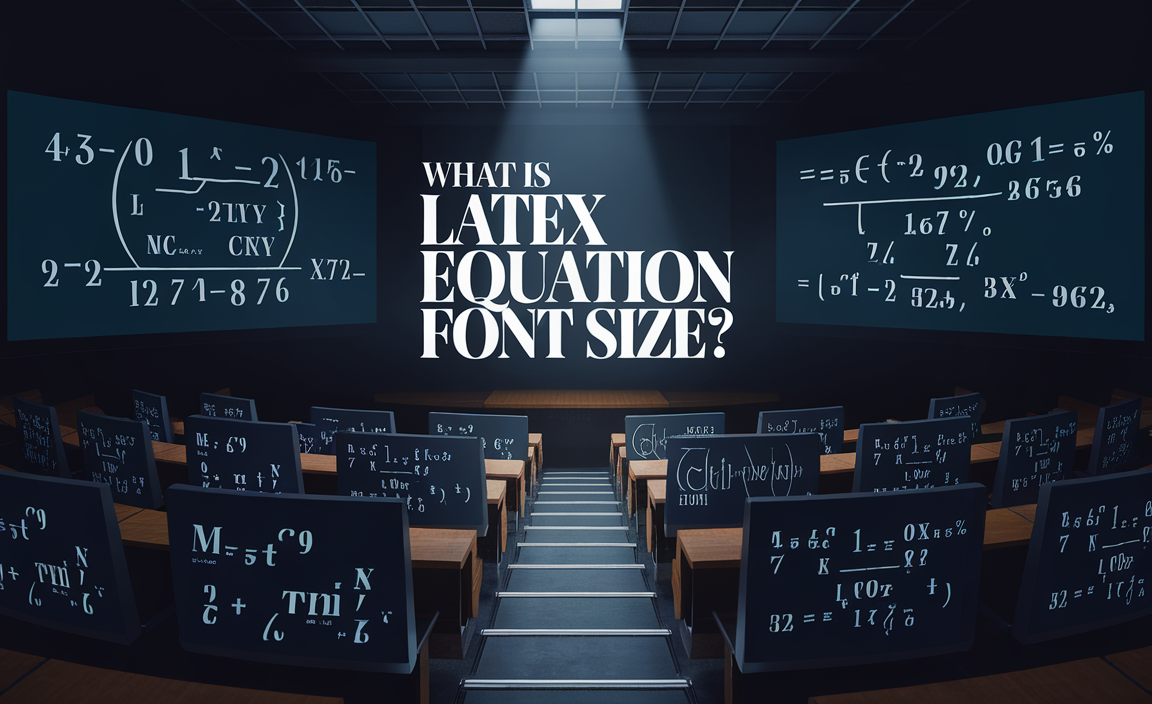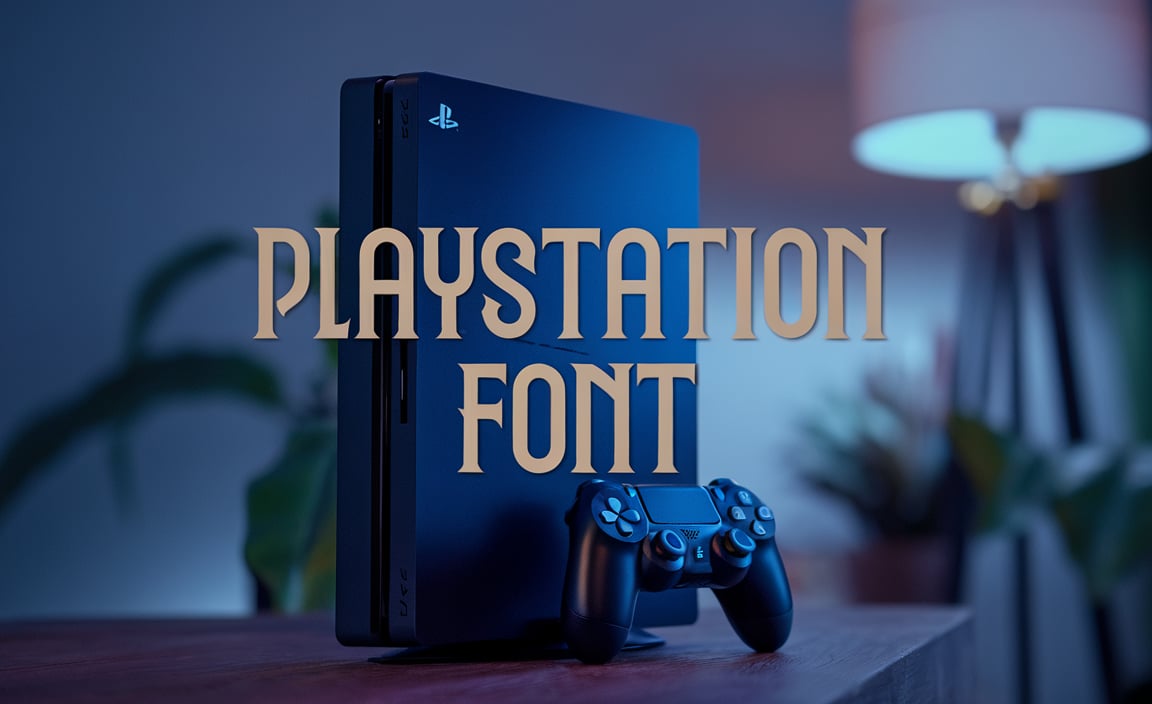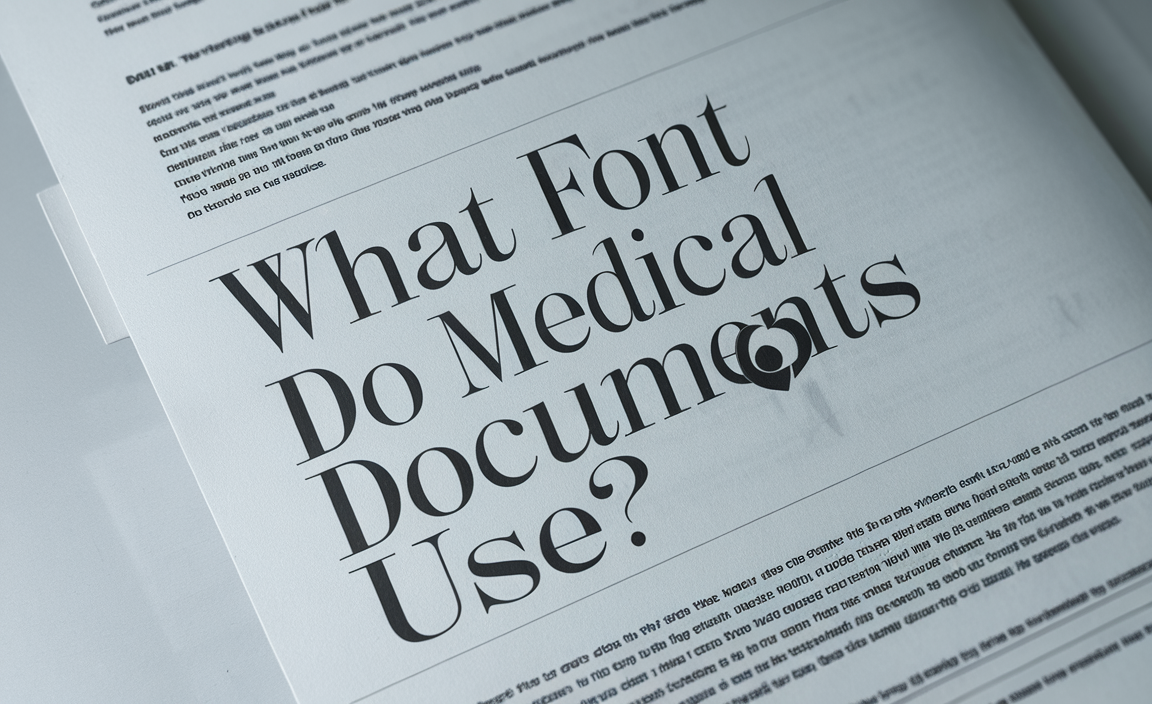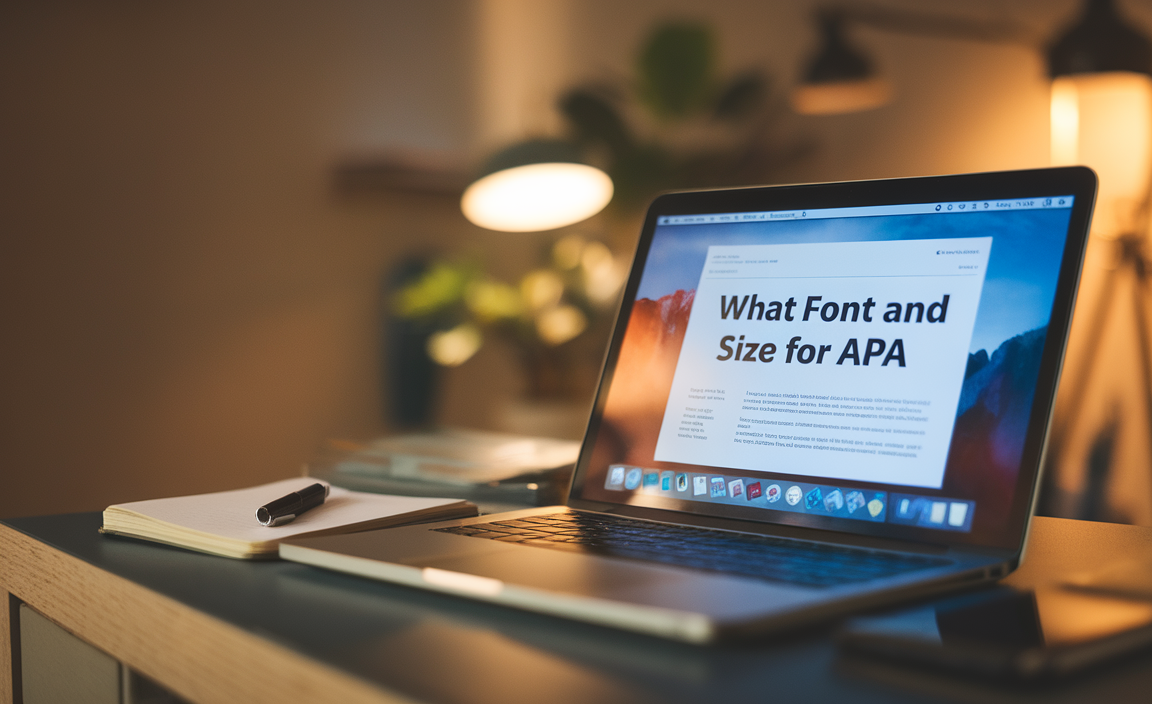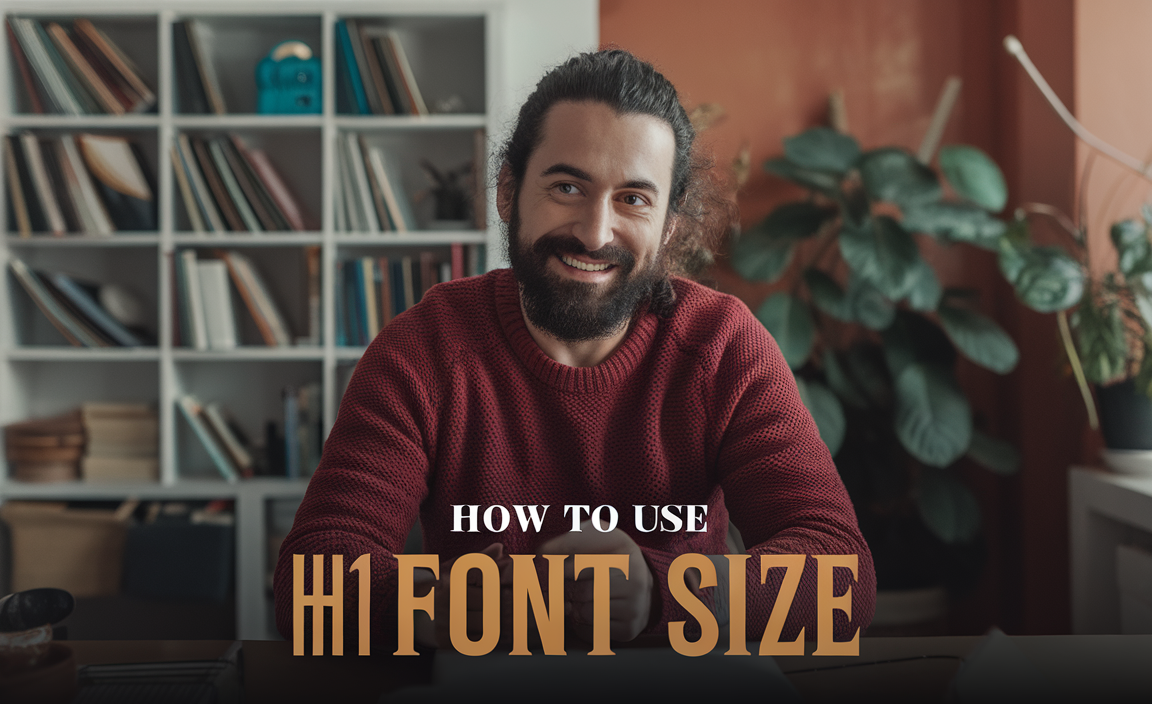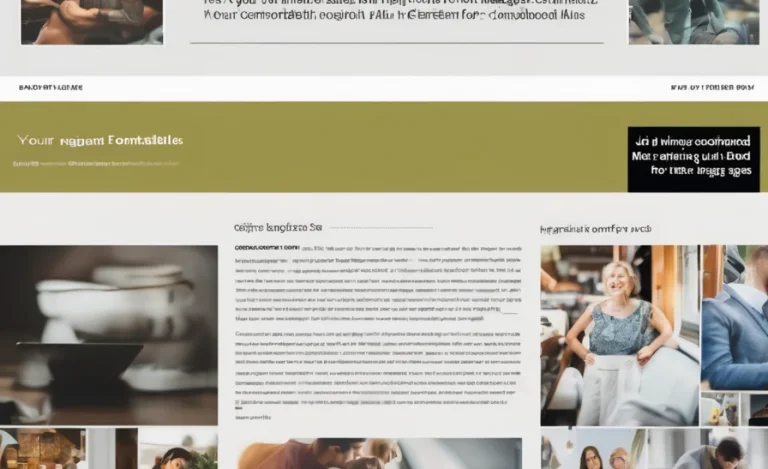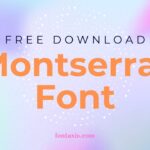In book design, font size is a critical factor in ensuring readability and providing a pleasant reading experience. Whether you are designing a novel, a children’s book, a non-fiction book, or an eBook, choosing the right font size and style can significantly impact your book’s appeal.
In this article, we’ll explore everything from the best font size for books to the various book sizes and formatting choices to help you choose the right fonts for your project.
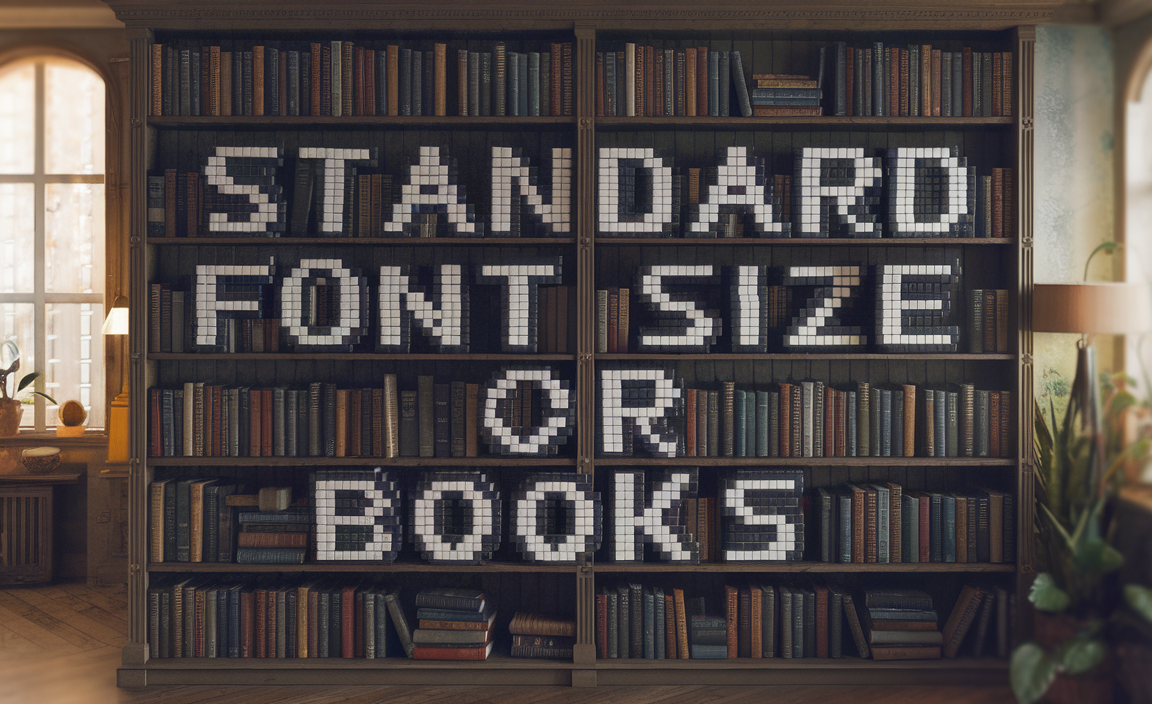
Understanding Book Sizes and Trim Size
The size of a book, or trim size, plays a crucial role in determining its appearance, readability, and overall appeal. Common book sizes include:
- 5″ x 8″ (Digest size)
- 6″ x 9″ (Standard novel size)
- 8.5″ x 11″ (Letter size, common for non-fiction)
- 8″ x 10″ (Used for children’s books)
Choosing the Best Font for Your Book
One of the most important design decisions you’ll make is selecting the right font. The font you choose sets the tone of your book and ensures that your content is readable. There are two main categories of fonts to choose from:
- Serif Fonts: Fonts like Times New Roman, Georgia, and Garamond have little lines or extensions at the ends of each letter stroke. These are great for non-fiction books and classic literature due to their formal and professional appearance.
- Sans Serif Fonts: Fonts like Arial, Helvetica, and Calibri are clean, modern, and without the small lines at the ends of letters. These fonts are often common in eBooks and children’s books, where simplicity and legibility are key.
What is the Right Font Size for Books?
The font size of your text plays an essential role in the overall readability of your book. While there are no strict rules, most printed books use a font size between 10pt to 12pt for body text. For example, novels typically use a 12pt font size in a serif typeface like Times New Roman or Garamond, while children’s books often use a larger font size for better readability. Here’s a breakdown:
- Adult fiction books: 10-12pt font size
- Children’s books: 14-16pt font size
- Large print books: 18pt font size or larger
The point size refers to the height of the font, measured in points. One point is equal to 1/72 of an inch, so a 12pt font will be roughly 1/6th of an inch in height. Larger fonts improve readability. This is especially important for books targeting older readers or those with visual impairments.
Font Style and Readability
When selecting a font, consider readability and legibility. Fonts with clear and well-spaced letters are preferable for ensuring the reader doesn’t strain their eyes. Avoid decorative fonts in body text; these can disrupt the flow of reading. Instead, use serif fonts for print books and sans serif fonts for eBooks or modern designs. For special cases, monospaced fonts may be ideal for programming or technical books, where consistency in spacing is necessary.
Embedding Fonts in Your Book
Standard Font Size in Popular Book Formatting Tools
When formatting your book, you’ll likely use tools like Microsoft Word or Adobe InDesign. These tools offer a variety of font sizes. For optimal results, make sure your font is legible. Microsoft Word allows you to adjust the font size easily. Most publishing platforms provide predefined templates for popular book sizes and formatting.
Book Cover Design and Typography
The typography used on the book cover is just as important as the font inside. Book covers should feature a bold and easily legible decorative font or a classic serif font to ensure it stands out on a bookshelf.
Adobe Fonts offers an array of stylish fonts for cover design, while Google Fonts has modern sans serif options for a clean and professional look. Choosing the right font size on the cover is essential to ensure it remains legible in various online thumbnail previews.
Page Count and Formatting
Page count can also affect your book design. Shorter books (under 100 pages) can often use slightly larger font sizes, while books with a larger word count may require a more compact font size to maintain an appropriate page number and overall length. Formatting your book properly ensures that it doesn’t look too cramped or too spread out.
The Importance of Font Style in Book Editing
During book editing, the font style and size are crucial. The right font can make your text easier to read, while the wrong one can lead to a less-than-optimal reading experience. When designing your book, always test different fonts to see which best suits your audience.
Fonts should be consistent throughout the text, with proper adjustments made for headings, subheadings, and page numbers.
Smallest Pixel Fonts in Book Design
For projects that require extremely small fonts, Smallest Pixel-7 is a good option. This bitmap font has a compact design, often used for retro or pixel art-style books. Its size makes it ideal for projects where space is limited, but legibility is essential.
The font features unique characteristics, such as clear visibility even at smaller sizes, making it an excellent choice for pixel art books or for design elements where space is limited.
FAQs
What is the standard font size for books?
The standard font size for most books is between 10pt and 12pt, with 12pt being the most common for body text.
Can I use decorative fonts in my book design?
Decorative fonts are best used sparingly, typically for titles or cover design, to avoid compromising readability in the body text.
What are serif fonts and when should they be used?
Serif fonts have small lines at the ends of letters and are ideal for print books, especially for longer reading sessions.
How do I choose the best font for my children’s book?
For children’s books, use larger fonts (14-16pt) in clear sans serif or serif styles for better readability.
What font is commonly used for non-fiction books?
Serif fonts like Times New Roman or Garamond are often used for non-fiction due to their formal and readable nature.
Is there a preferred font for eBooks?
For eBooks, sans serif fonts like Arial or Helvetica are preferred because they are easier to read on digital screens.
How do I format my book for printing?
Use software like Microsoft Word or Adobe InDesign to adjust font sizes, trim sizes, and page formatting before sending your book to print.
Can I embed fonts in my eBook?
Yes, most eBook formats allow you to embed fonts to ensure consistent typography across different devices.
What is a monospaced font?
A monospaced font is a typeface where every character occupies the same amount of horizontal space, commonly used in technical or programming books.
How can I adjust font size in Microsoft Word for my book?
You can change the font size in Microsoft Word by selecting your text and adjusting the font size using the toolbar, with a common size of 12pt for body text.


